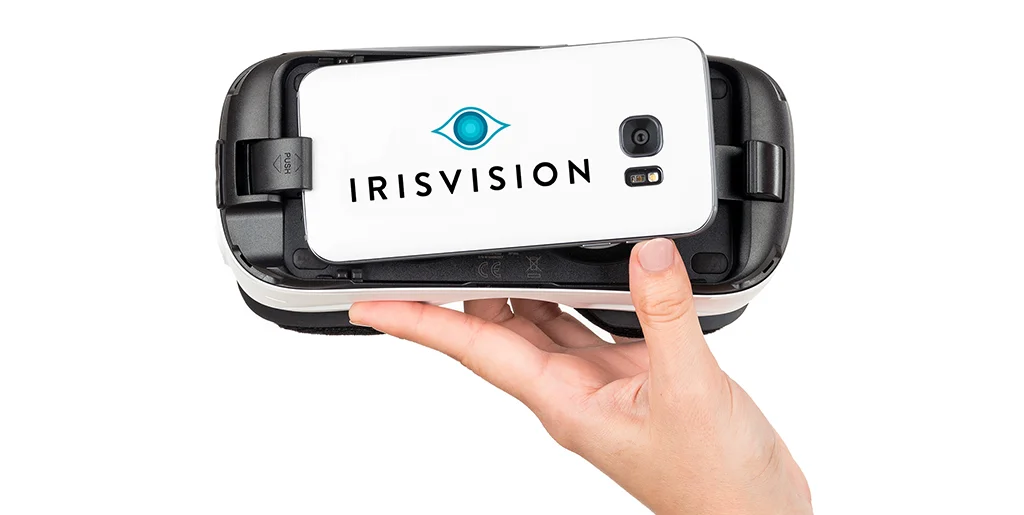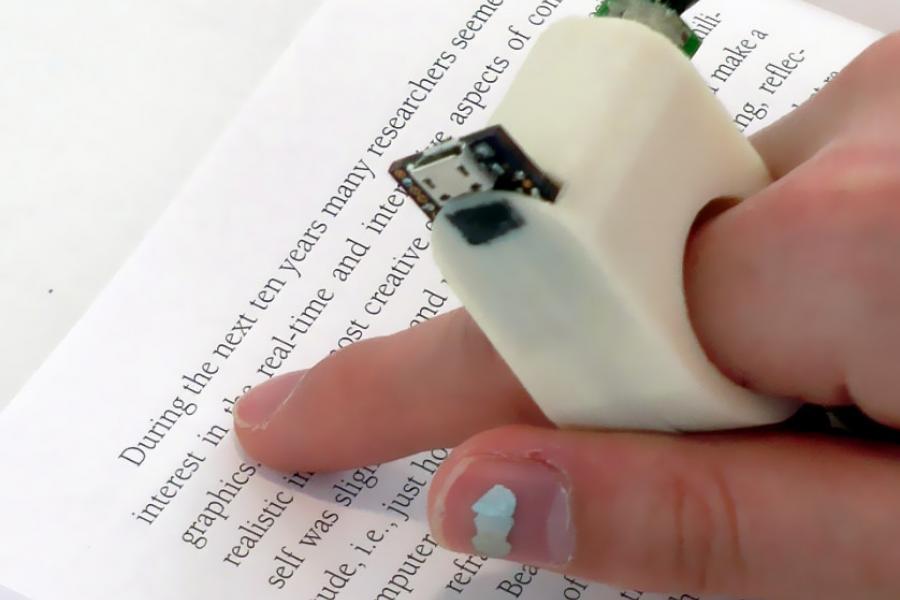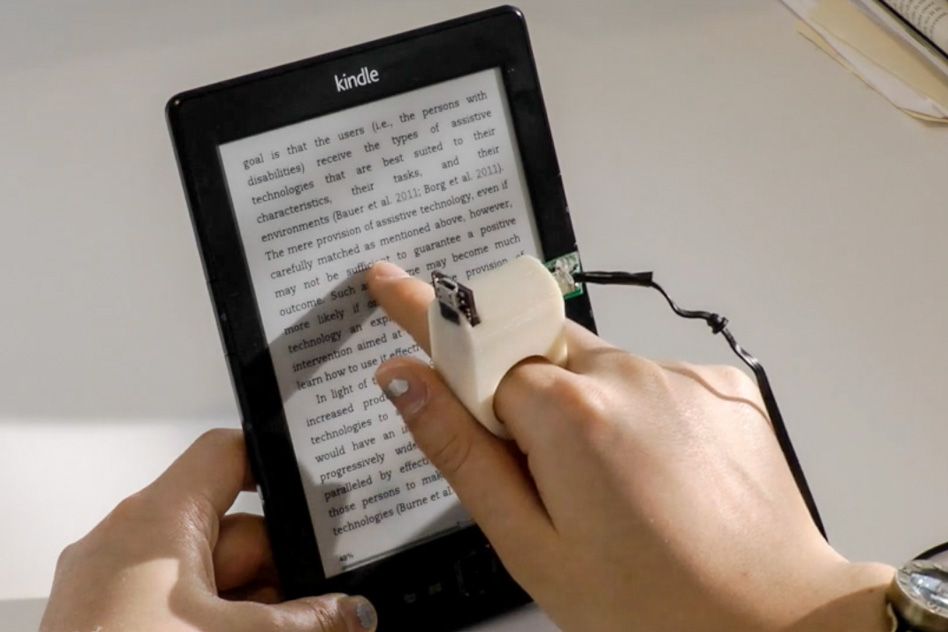Voice-Activated Assistive Devices: Simplifying Regular Tasks
Voice-Activated Assistive Devices: Simplifying Regular Tasks
Blog Article
Empowering Independence With Assistive Technology for the Blind
The combination of assistive modern technology right into the lives of individuals with aesthetic problems represents a substantial innovation in advertising freedom and self-sufficiency. From innovative display viewers to innovative wise walking sticks, these devices not just boost daily navigation and interaction yet additionally equip users to involve meaningfully in numerous aspects of life. As we explore the myriad advantages and real-world applications of these innovations, it comes to be important to analyze the underlying variables that add to their effectiveness and the capacity for future developments in this important field.
Review of Assistive Modern Technology

The advancement of assistive modern technology is based in concepts of inclusivity and empowerment. Innovations in software, equipment, and sensory improvements give individuals with options tailored to their particular needs. From screen visitors that convert message to speech, to tactile devices that convey information with touch, these tools change the way individuals involve with their surroundings.
Along with functional applications, assistive modern technology cultivates greater social inclusion and engagement in different markets, consisting of education and learning and employment (Mobility aids for visually impaired users). As research and advancement remain to progress, the potential for assistive modern technology to further improve the lives of aesthetically impaired individuals remains appealing, leading the way for an extra fair society where everyone can prosper
Sorts Of Assistive Tools
A range of assistive tools have arised to sustain people with visual disabilities, each designed to meet details requirements and boost daily performance. These devices range from low-tech remedies to sophisticated developments, giving varied alternatives for users.
Low-tech tools include magnifiers and large-print materials that aid in reading and writing. Braille tools, such as Braille styluses and slates, make it possible for tactile reading and interaction. Orientation and wheelchair help, like white walking sticks, assist users browse their atmosphere securely.
On the greater end of the range, digital zoom systems and screen visitors offer significant support. Digital magnifiers enable customers to enlarge text and images on displays, while screen viewers convert digital web content into synthesized speech, facilitating access to information on computers and smart devices.
Smartphone applications likewise play a critical role, supplying attributes like message recognition and navigating support. Wearable innovation, such as clever glasses geared up with increased truth, is emerging as a promising device to improve situational recognition.
Benefits of Assistive Technology
The assimilation of assistive technology substantially improves the lifestyle for people with visual problems. These modern technologies equip users by advertising self-reliance, allowing them to browse their settings a lot more properly and perform day-to-day tasks with better simplicity. Display readers and magnifying software enable individuals to access electronic details, cultivating expert and instructional opportunities that may have formerly been out of reach.
In addition, assistive tools such as smart walking canes and general practitioners applications provide real-time navigation help, enhancing movement and safety. This enhanced freedom not just boosts self-confidence but additionally encourages social interaction, enabling users to take part more completely in their areas.
Assistive innovation also promotes communication, helping users get in touch with others via voice recognition and text-to-speech applications. This ability is important for maintaining relationships and accessing essential info.
Additionally, the modification options offered with many assistive modern technologies guarantee that individuals can tailor devices to their specific needs, even more improving usability and effectiveness. In general, the benefits of assistive technology for people with visual disabilities are profound, promoting a more comprehensive society where everyone can pursue their goals and objectives.
Study and Success Stories
Highlighting the transformative effect of assistive technology, many study show exactly how individuals with visual impairments browse around this site have actually successfully integrated these devices right into their day-to-days live. One engaging instance includes an university student that used display reading software program to browse on the internet resources and academic materials properly. This technology not only facilitated her education and learning but additionally boosted her self-confidence in taking part in conversations and team jobs.
An additional case research study features an expert that employs a smart device application made for navigating and item acknowledgment. By using this app, he has gained back autonomy in both his personal and workplace, permitting him to commute independently and engage with colleagues much more successfully.
Furthermore, a retiree shared her experience with braille e-readers, which enabled her to access a huge array of literature and stay gotten in touch with her neighborhood with publication clubs.
These success tales underscore the essential duty of assistive technology in fostering freedom, improving top quality of life, and advertising social assimilation for individuals with aesthetic disabilities (Wearable technology for low vision). By welcoming these innovative tools, individuals can overcome obstacles and seize opportunities that add to their expert and individual fulfillment

Future Patterns in Assistive Modern Technology
Development in assistive innovation is positioned to redefine the landscape of assistance for people with aesthetic disabilities. Emerging patterns highlight the combination of man-made intelligence (AI) and artificial intelligence, which improve the capability of tools that help with navigation and info accessibility. AI-driven applications are currently qualified of interpreting aesthetic data in real-time, enabling customers to involve with their environment more independently.
Moreover, the advancement of wearable modern technology is advancing swiftly. Smart glasses equipped with enhanced truth (AR) can give audio summaries of surroundings, transforming exactly how users engage with public rooms. These gadgets not just promote autonomy but likewise foster social incorporation.
Additionally, the Internet of Things eyeglass companies (IoT) is making homes smarter, permitting seamless connectivity between assistive gadgets and everyday home appliances. This connectivity encourages users by making it possible for voice-activated controls and automatic responses tailored to individual requirements.
Verdict
Finally, assistive technology plays a critical role in empowering individuals with visual problems by enhancing their freedom and engagement with their surroundings. The varied variety of devices and applications available not only facilitates navigation and communication yet likewise promotes social integration and possibilities for specialist and personal growth. As developments continue in this field, the capacity for enhancing the quality of life for those with visual impairments will increase, cultivating higher autonomy and empowerment.

Report this page